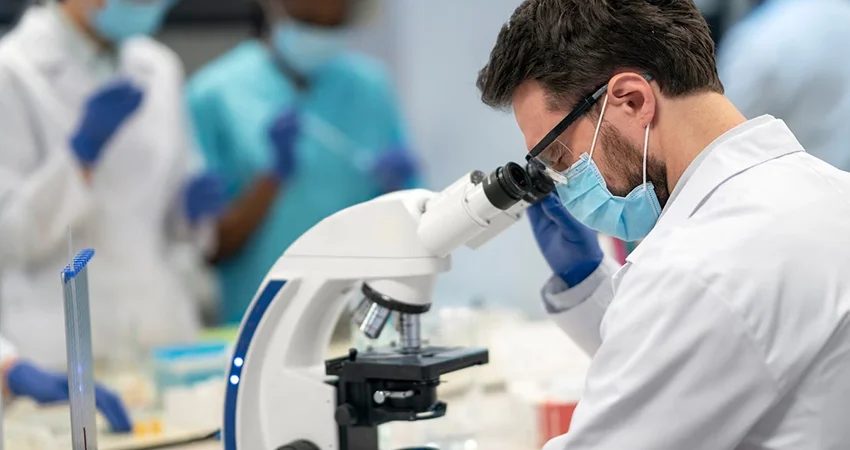- SERVICE@EYEWEB.COM
- 888.449.9540
- #1 Online Safety Eyewear Program
Industrial-Services-Chemical
- Home
- Industrial-Services-Chemical
Industrial-Services-Chemical
Chemical manufacturing involves numerous processes that expose workers to a variety of eye hazards, making eye safety a critical concern. Activities such as mixing, transferring, and storing chemicals, as well as handling volatile substances, create significant risks to eye health. Some of the common hazards in the chemical industry include:
- Chemical Splashes and Spills: The handling of liquids, acids, bases, and other corrosive chemicals can result in dangerous splashes or spills. Exposure to these chemicals can cause severe eye injuries, including burns, irritation, and permanent damage if not properly protected.
- Fumes and Vapors: Certain chemicals release harmful fumes and vapors that can irritate or damage the eyes. Prolonged exposure to these airborne substances can lead to chronic eye conditions, such as conjunctivitis or even more severe issues like cataracts over time.
- Particulate Matter: Dust, fibres, and other fine particles can be released during chemical manufacturing, especially during processes like grinding or mixing. These particles can enter the eyes and cause abrasions, scratches, or more serious injuries.
- UV Radiation: UV radiation is commonly emitted during processes such as welding, curing, or chemical sterilization. Prolonged exposure without proper eye protection can lead to painful burns and long-term eye damage, including retinal injury.
- Pressure and Impact Hazards: Handling pressurized chemical containers, cylinders, or equipment can result in sudden releases of chemicals or pressure. In such cases, flying debris and bursts of chemical matter pose an immediate risk to the eyes, requiring the use of strong protective eyewear.
- Ergonomic Issues: Workers in the chemical industry often face long hours of precision work, leading to eye strain and fatigue. Improper lighting, constant computer use, and repetitive tasks can all contribute to dry eye, discomfort, and reduced vision quality.

The chemical industry requires stringent safety protocols to minimize eye hazards and ensure the health and safety of workers. Just like in aerospace, the use of proper Personal Protective Equipment (PPE) is vital. High-quality safety glasses—whether prescription or non-prescription—serve as a critical safeguard against chemical exposure and particulate threats.
Modern technology such as Automated Roster Management Systems can help enhance safety compliance by tracking worker schedules and ensuring proper PPE usage. Additionally, implementing systems that are HIPAA-compliant and SOC-2-certified guarantees that industry standards protect employee information. Experience virtual try-ons that use augmented reality technology to speed up and simplify the eyewear selection process. Departmental billing and P-cards solutions, ensure that your financial processes are efficient and compliant with business requirements.

